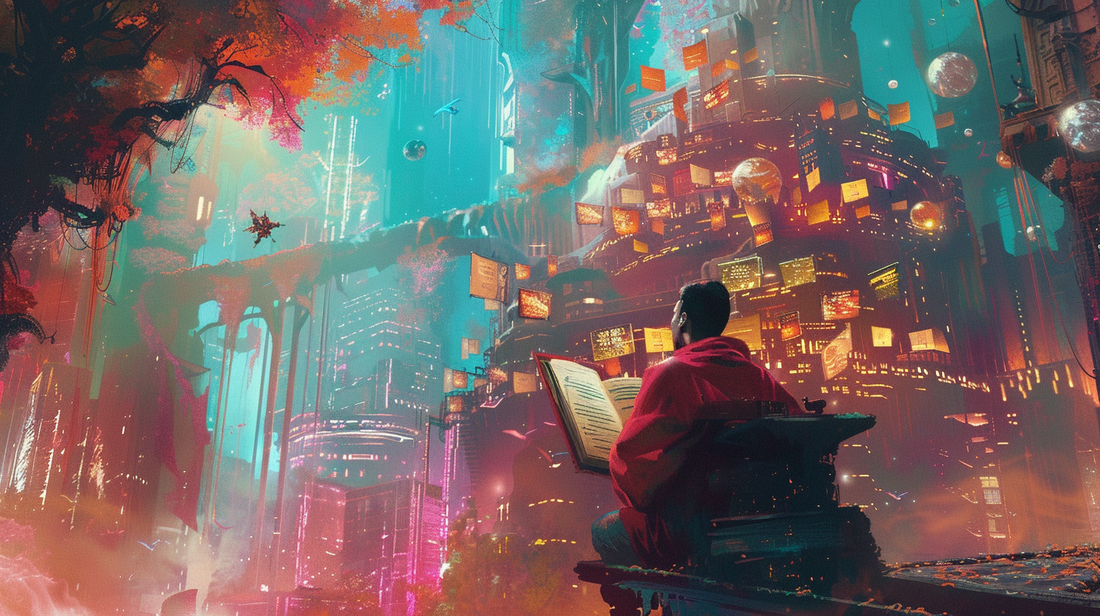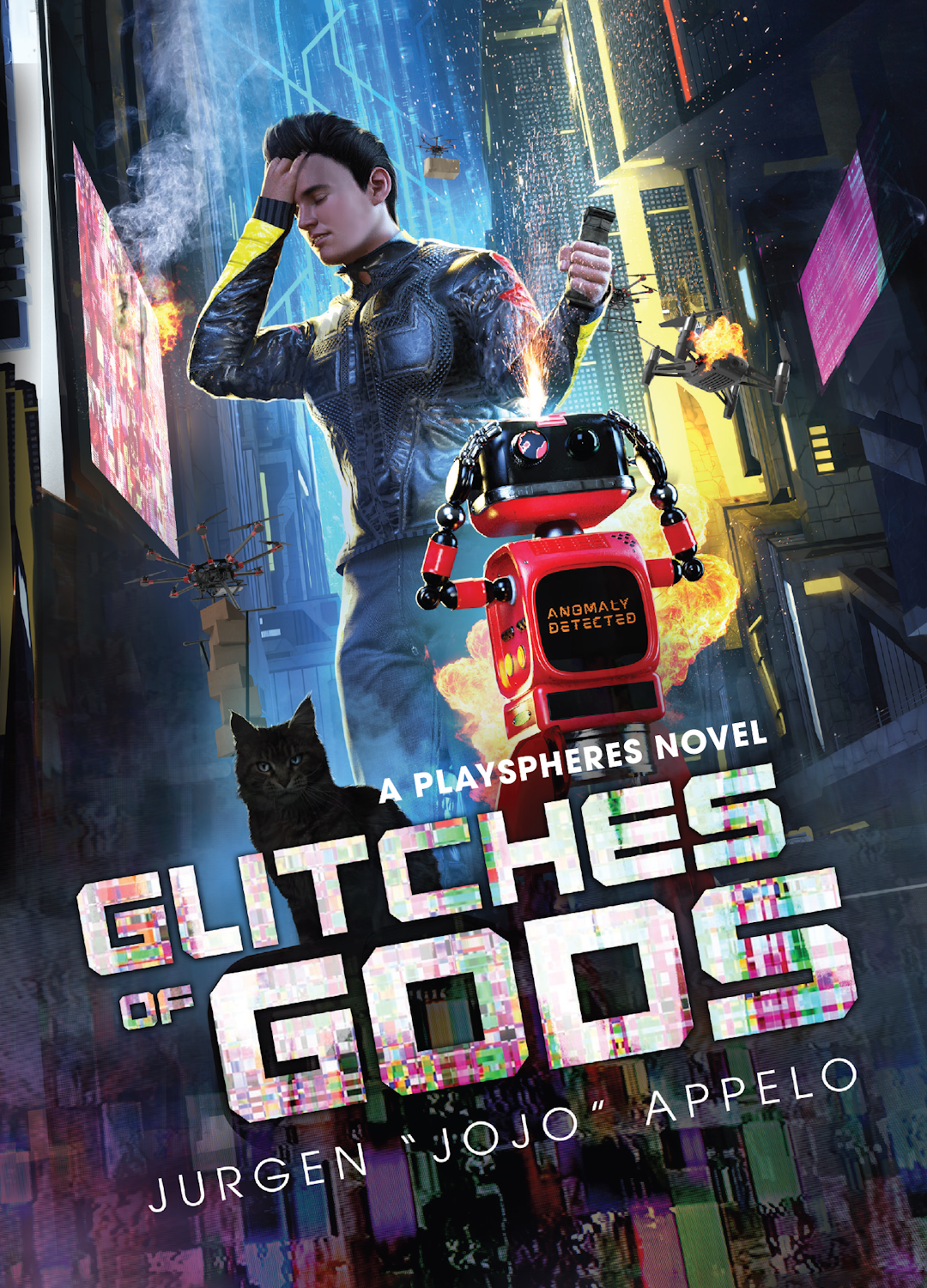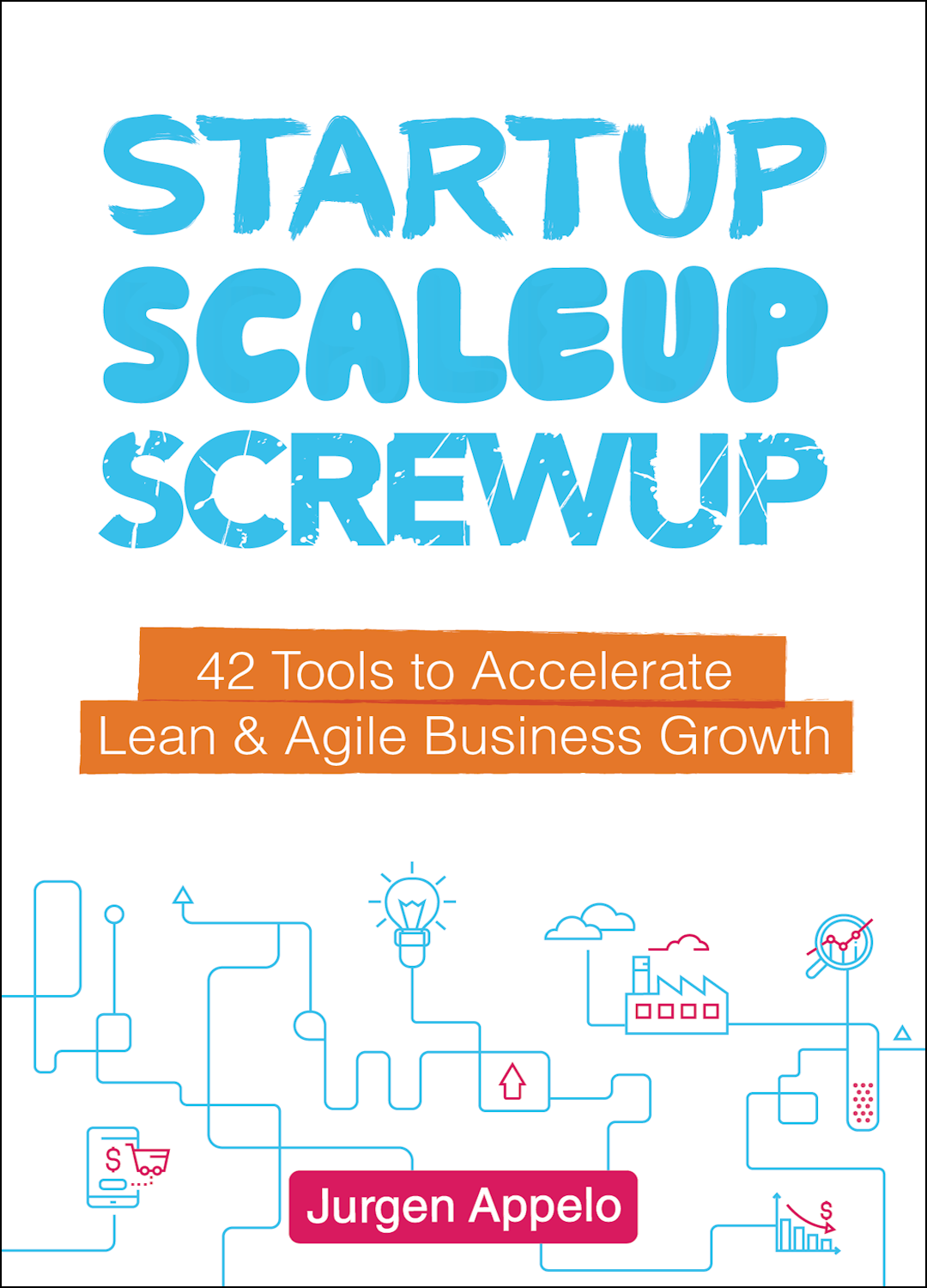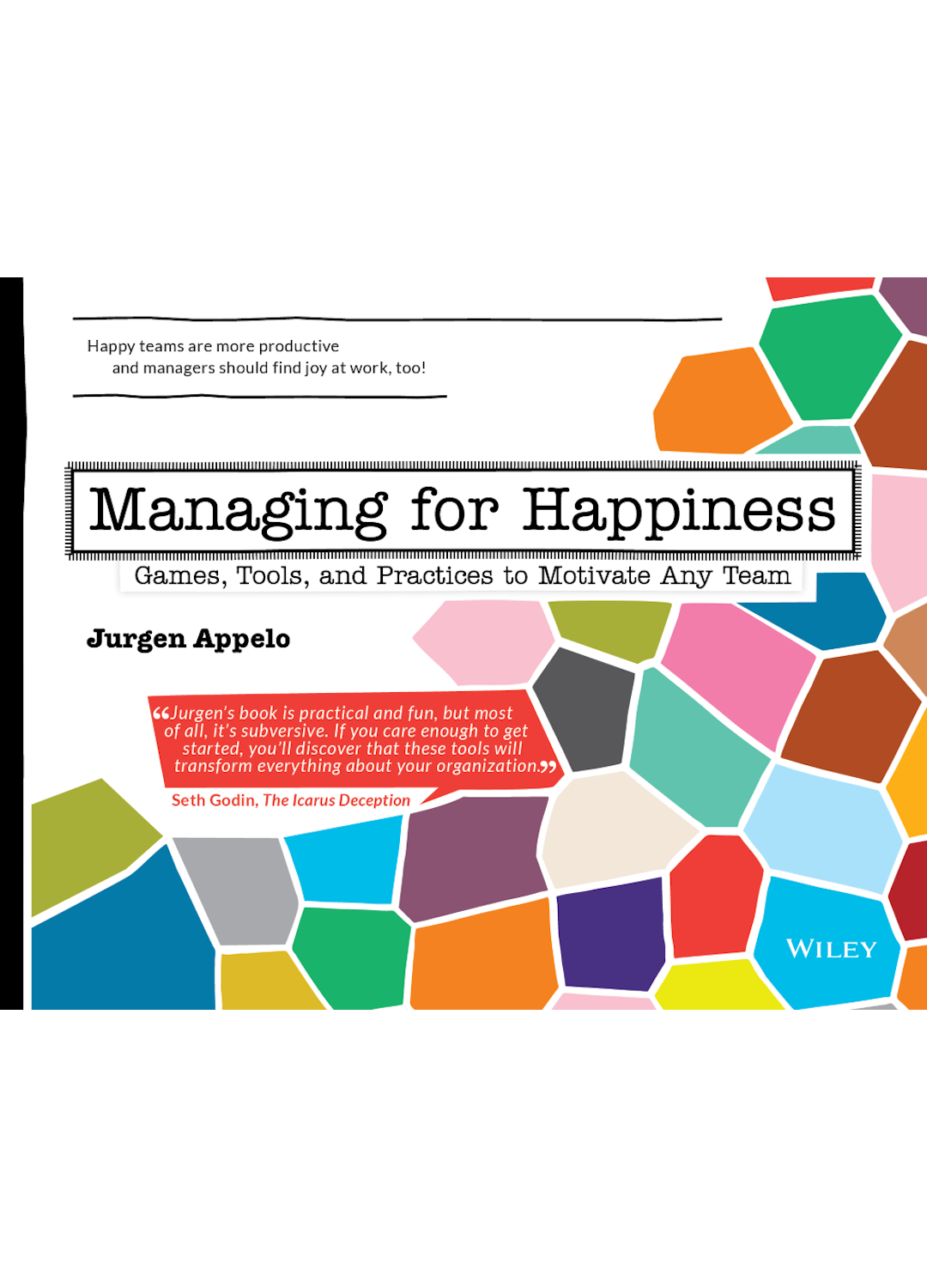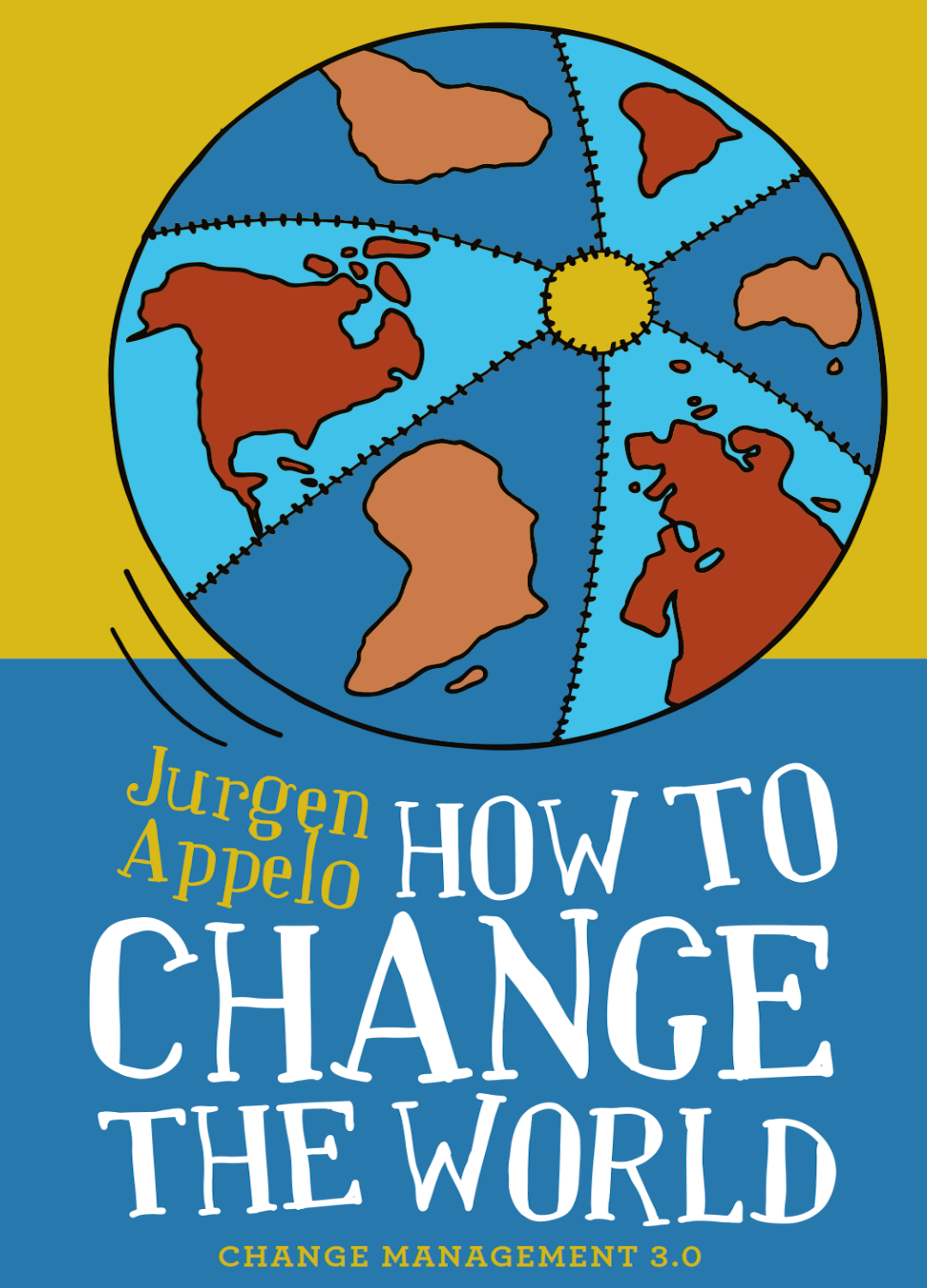I was fifteen when I immersed myself in the vast ring world of Larry Niven, treaded across Frank Herbert's spice-laden dunes, and traveled with Michael Moorcock to the end time. Back then, I thought, "Someday, I will craft my own adventures."
Yet, "someday" always seemed out of reach. Despite traveling the globe, from China to Canada, Russia to Argentina, and traversing nearly all fifty countries in Europe, in my late evenings, tucked in bed, I allowed myself to be taken on even wilder journeys—across the realm of Terry Pratchett's elephant-carried disc, to the tombs of Tamsyn Muir's necromancers, and into the mind of Martha Well's introverted murderbot.
The further I ventured through fiction, the more I learned about reality—hardships and friendships, courage and cowardice, rejection and inclusion, successes and failures. Indeed, to learn about the most intricate complexities of humanity, I had to travel very far. It seemed that you can only truly understand people once you've dealt with aliens, monsters, sorcerers, and gods. Maybe even a dragon.
As I ventured out into space, parallel worlds, and alternate timelines, back on Earth, I wrote books and spoke at conferences about agility, leadership, and innovation, with beautiful diagrams and plentiful PowerPoint slides. But how effective was I, really?
How would you explain the concept of agility to your mother? Or an agile mindset to your daughter, uncle, or grandparents? Would you use a manifesto, a flow chart, an org chart, a Venn diagram, or——may the gods help us——a two-by-two matrix? Would you delve into feedback cycles, value streams, self-organization, and systems thinking?
I hope not.
There is one approach that's much more effective—one method that has stood the test of time. There is one technique that parents, kids, teachers, coaches, mentors, and friends have used for as long as humans have been able to communicate and ask such things such as, "Why does the sun always come up from behind that mountain that looks like Grandpa's nose?"
We tell them a story.
Our brains are wired for stories. We can grasp the most delicate, sensitive, and complex concepts through storytelling. When we want Uncle John to understand the challenge of growing up as a non-binary kid in a conservative town, we don't offer him the Twelve Principles of Diversity, keynote slides of the Human Sexes Model, or a two-day workshop about the Universal Gender Framework. Of course not!
We tell him a story.
I'm writing a story now, a grand narrative with characters, tension, action, plot twists, drama, and surprises. Most importantly, it's a story that everyone can read and enjoy: your daughter, your uncle, your grandmother, and your friends. And yes, you can even place it under Grandpa's big nose. At its heart, the story asks a simple question:
How do we deal with change?
Considering this has been a fundamental question across the history of humanity, I'm taking readers on a very, very far journey—there will be aliens, monsters, sorcerers, and gods. (Sorry, no dragon.) And, this time, I'm not making any PowerPoint slides.
Stay tuned.


